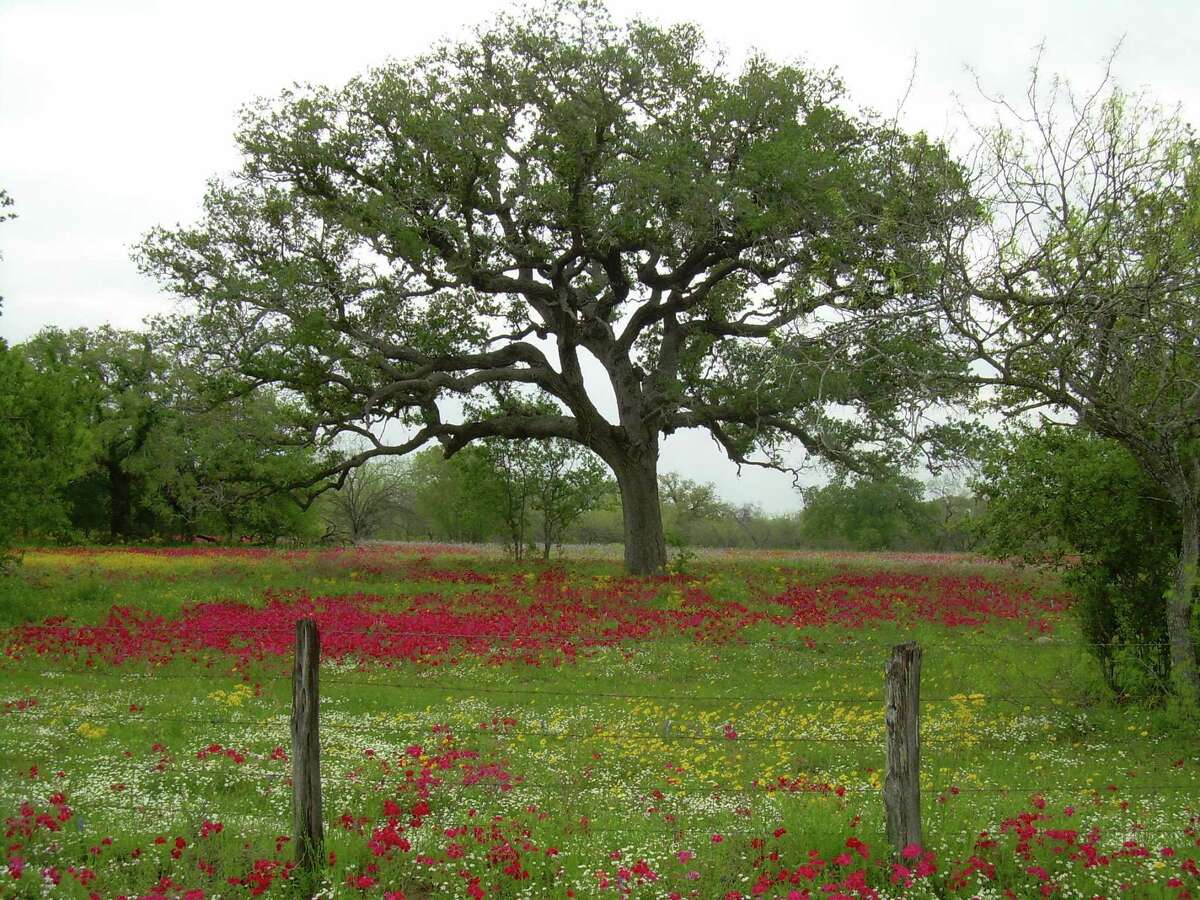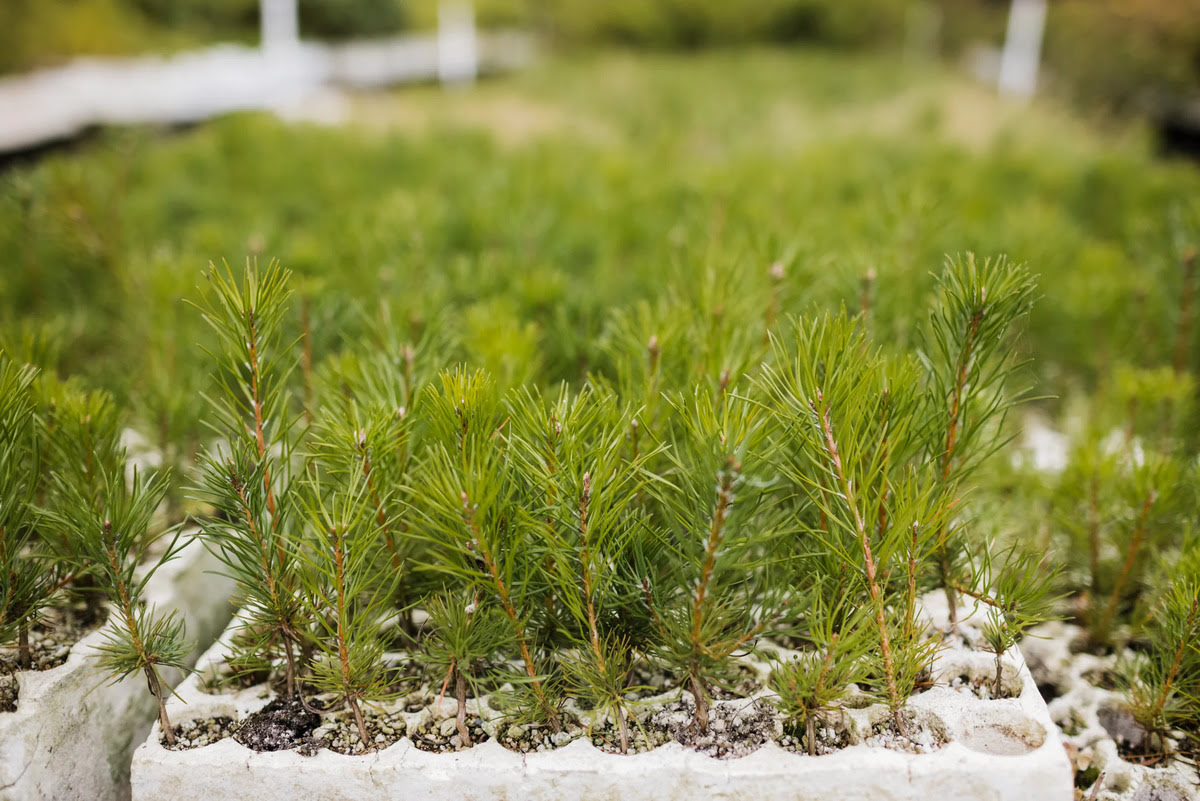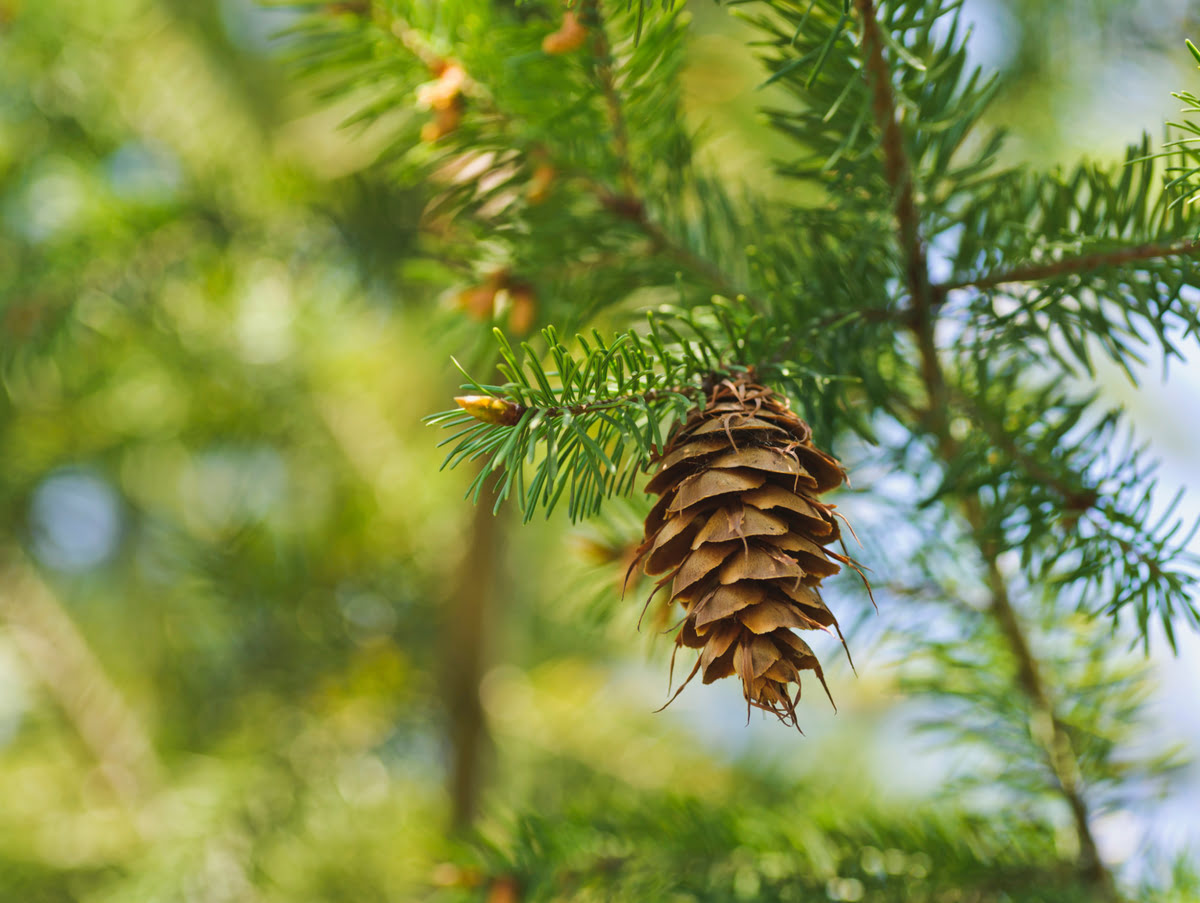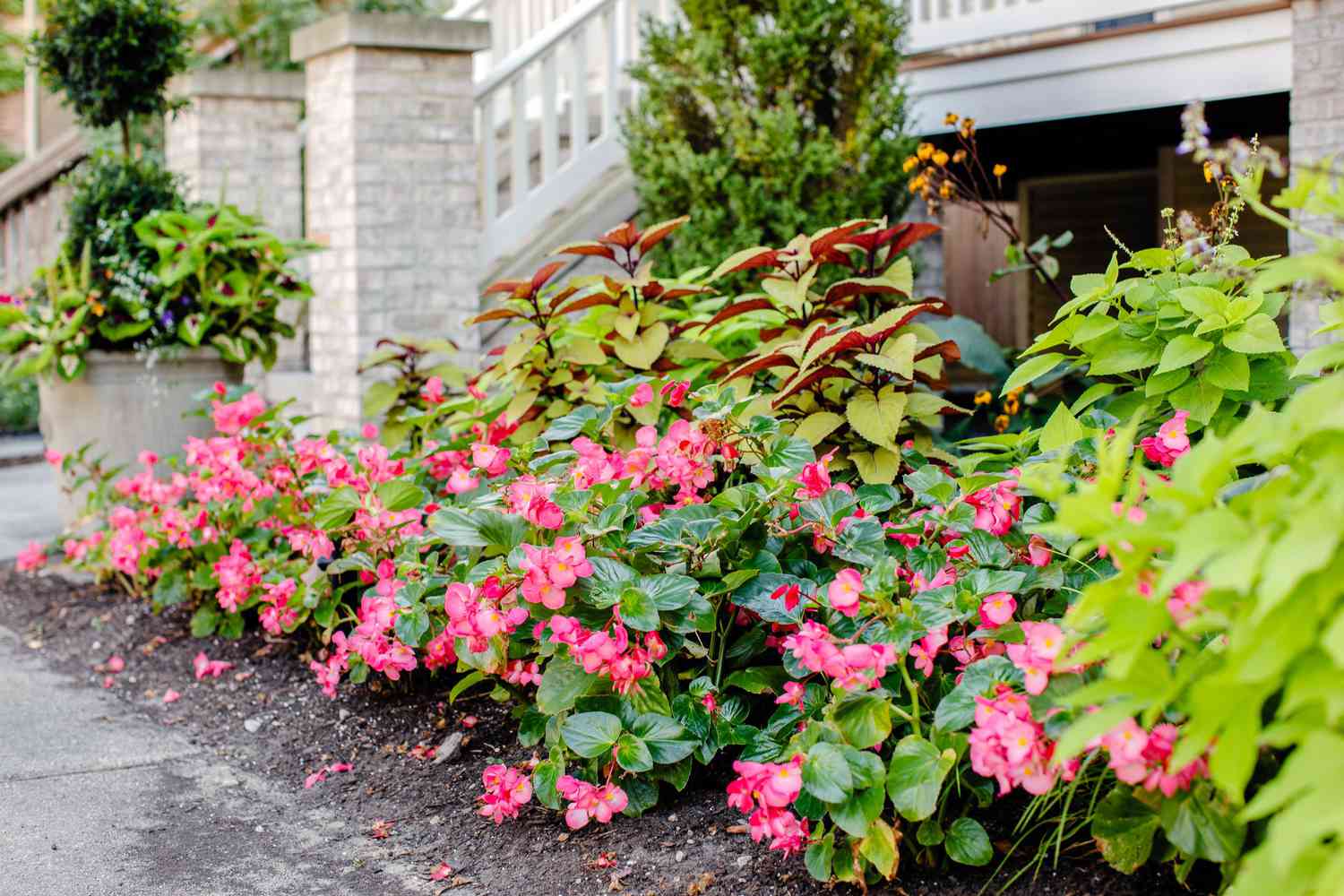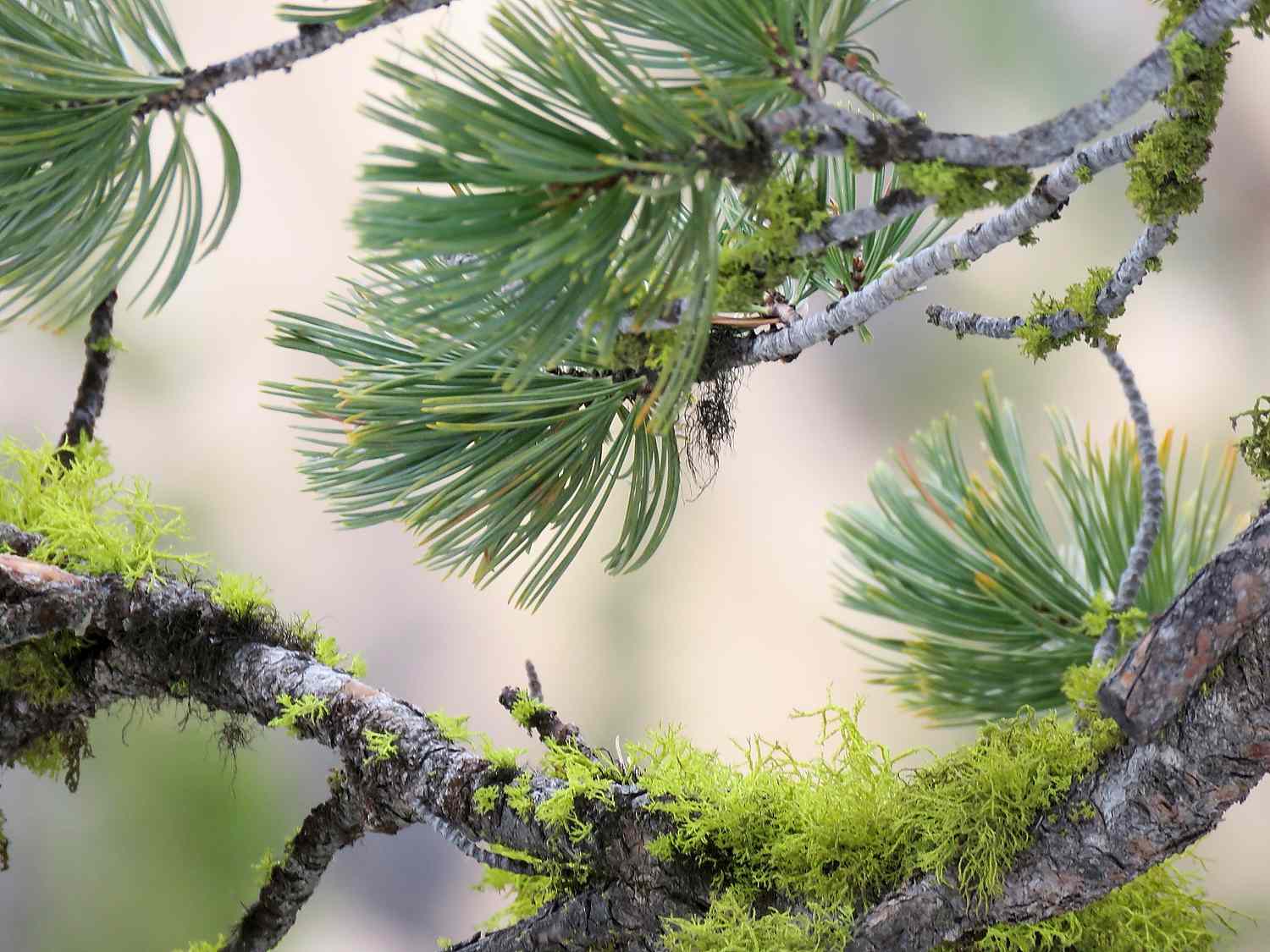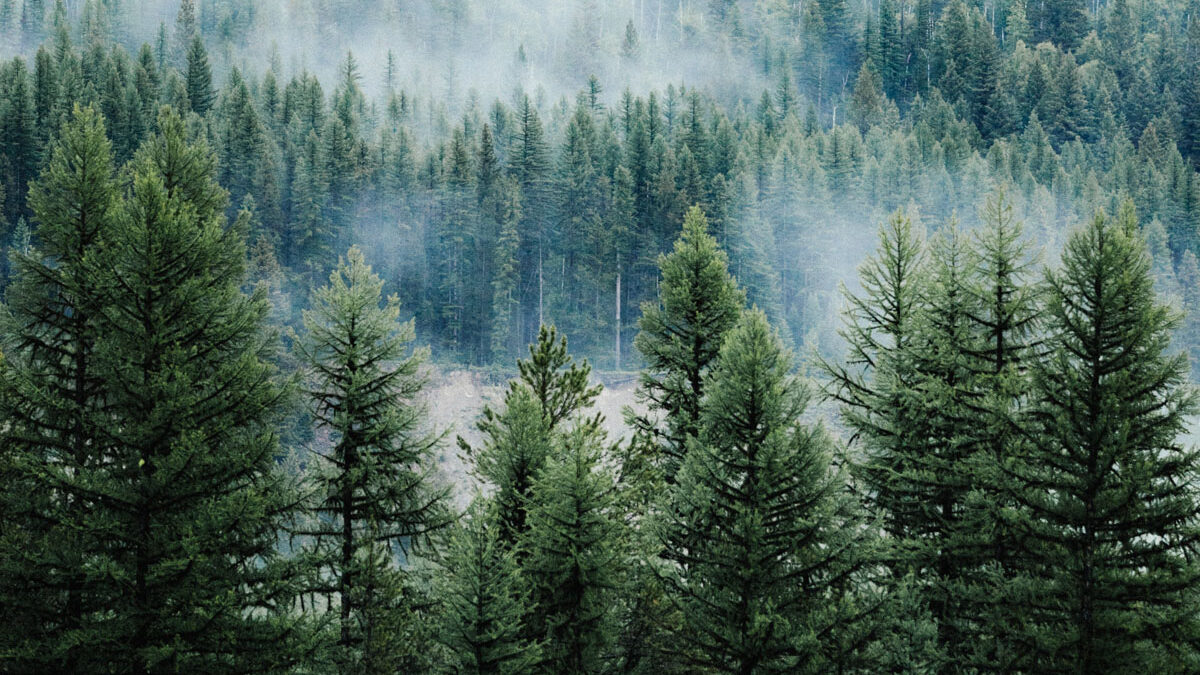Home>Gardening Techniques>Plant Care>What Perennials Grow Under Pine Trees
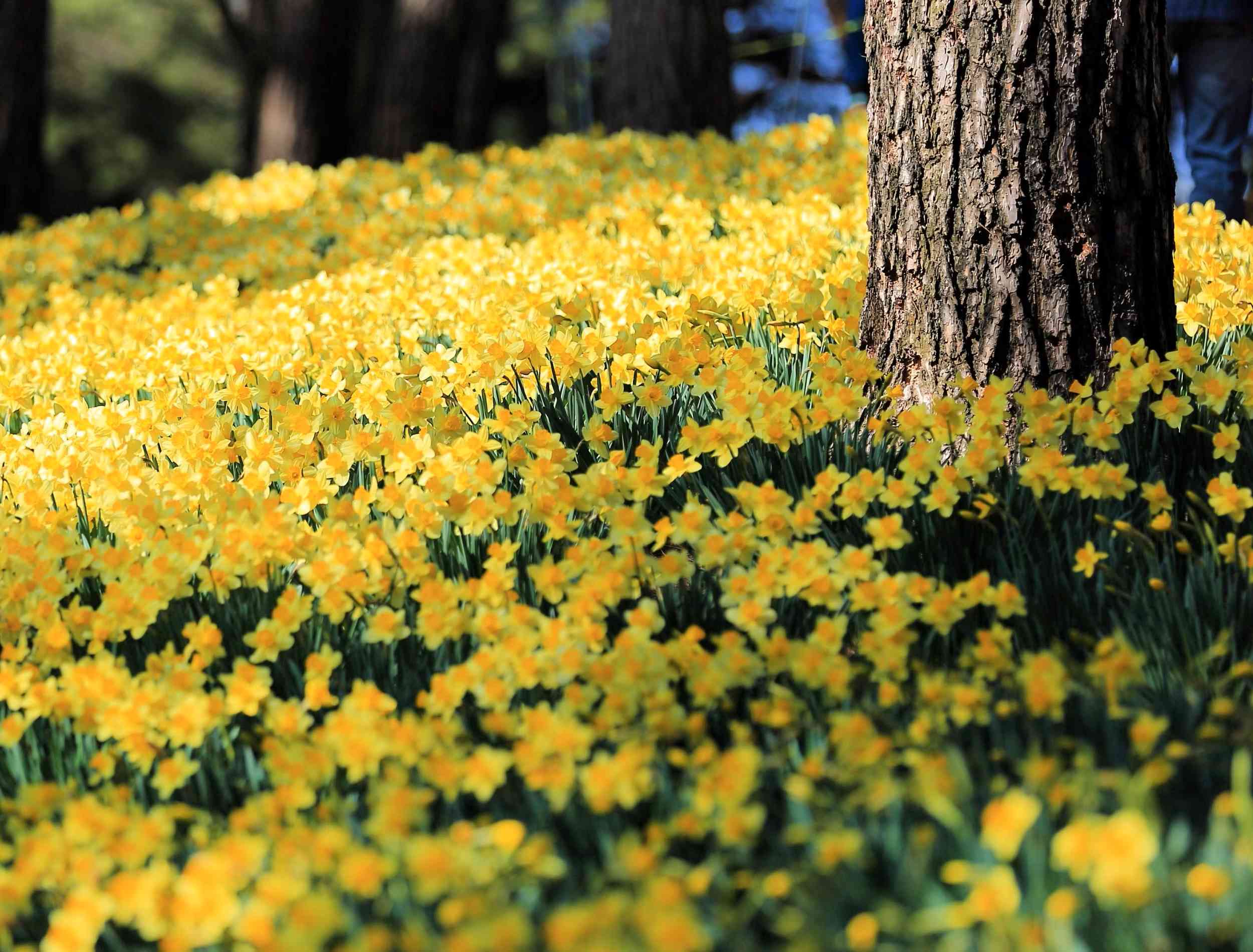

Plant Care
What Perennials Grow Under Pine Trees
Published: August 23, 2023
Discover the best plant care tips for growing perennials under pine trees. Learn how to create a thriving garden in the shade of pine trees with proper care and maintenance.
(Many of the links in this article redirect to a specific reviewed product. Your purchase of these products through affiliate links helps to generate commission for Chicagolandgardening.com, at no extra cost. Learn more)
Table of Contents
Introduction
Gardening is a beloved hobby for many, but it can pose unique challenges when dealing with specific environments, such as under pine trees. The shade, acidic soil, and competition for nutrients from the dense pine needles can make it difficult for plants to thrive in this area. However, with careful selection and maintenance, it is possible to create a vibrant and beautiful perennial garden under the canopy of a pine tree.
Planting perennials under pine trees not only adds color and texture to the area but also helps to fill the empty space and make the most of this often overlooked gardening opportunity. The key to success lies in understanding the challenges and choosing the right plants that can tolerate the conditions provided by the pine tree ecosystem.
In this article, we will explore the various challenges faced when gardening under pine trees, factors to consider when choosing perennials for pine tree gardens, some perennial options that thrive in this environment, and best practices for successful gardening. By the end of this article, you will be equipped with the knowledge and guidance to create a flourishing perennial garden under your tall, magnificent pine trees.
Challenges of Gardening Under Pine Trees
Gardening under pine trees presents a unique set of challenges that must be carefully considered in order to successfully establish a perennial garden. Understanding and overcoming these challenges will be crucial in creating a thriving and visually appealing landscape. Let’s explore some of the main obstacles that gardeners face when working under the shaded canopy of pine trees.
1. Shade: The dense foliage of pine trees creates a significant amount of shade, limiting the amount of sunlight that reaches the ground. Many plants require ample sunlight to thrive, so it’s important to choose shade-tolerant varieties that can grow and prosper with less direct sunlight.
2. Acidic Soil: Pine trees naturally acidify the soil around them due to the decomposition of their fallen needles. This creates an acidic environment that can be challenging for some plants that prefer neutral or alkaline soil. Understanding the pH requirements of your chosen perennials and amending the soil accordingly can help mitigate this challenge.
3. Competition for Nutrients: The needles that fall from pine trees create a thick layer on the ground, competing with other plants for essential nutrients and water. This can make it difficult for new plants to establish their root systems and access the necessary resources for growth. Proper soil preparation and regular fertilization can help alleviate this issue.
4. Dryness: Pine trees have extensive root systems that can absorb a large amount of water, which can result in dry and arid conditions beneath their canopy. This lack of moisture can be detrimental to many plants that require consistent watering. It’s important to choose drought-tolerant perennials and implement effective irrigation methods to ensure their survival.
5. Limited Space: The spreading branches of mature pine trees can create a crowded and limited planting space beneath them. This restriction can hinder the growth of certain plants, so selecting compact and low-growing perennials is essential in maximizing the available space and preventing overcrowding.
Despite these challenges, with careful planning and proper selection of plants, it is possible to create a beautiful and thriving perennial garden under the shade of pine trees. In the next section, we will discuss the factors to consider when choosing perennials for this unique gardening environment.
Factors to Consider When Choosing Perennials for Pine Tree Gardens
When selecting perennials for your pine tree garden, it’s important to consider several key factors that will contribute to the overall success and longevity of your plants. By taking these factors into account, you can choose the right perennials that are well-suited for the unique conditions created by the pine tree ecosystem.
1. Shade Tolerance: As mentioned earlier, pine trees create ample shade, limiting the amount of direct sunlight that reaches the ground. Look for perennials that are labeled as shade-tolerant or those that are known to thrive in low light conditions. Examples include hostas, ferns, and astilbes, which can flourish even with limited exposure to sunlight.
2. Acidic Soil Preferences: The pH level of the soil under pine trees tends to be more acidic due to the decomposition of the fallen needles. Choose perennials that thrive in acidic soil, such as azaleas, rhododendrons, and heathers. Conduct a soil test to determine the acidity level and amend the soil if necessary to create an optimal growing environment.
3. Drought Tolerance: The dry conditions beneath pine trees can pose a challenge for many plants that require consistent moisture. Select perennials that have a high tolerance for drought and can withstand periods of dryness. Examples of drought-tolerant perennials include lavender, yarrow, and sedums.
4. Nutrient Requirements: The nutrient competition between the pine needles and other plants can be a significant hurdle. Choose perennials that are adaptable and can thrive in nutrient-poor soil. Native plant species are often well-adapted to the local conditions and can withstand these challenges more effectively.
5. Height and Spacing: Consider the height and spread of the perennials you choose, as the limited space under pine trees requires careful planning to avoid overcrowding. Select compact and low-growing varieties that will not overshadow or compete with each other for space and resources.
6. Deer and Rabbit Resistance: Depending on your region, deer and rabbits may be common visitors to your garden. Keep in mind the pest resistance of the perennials you select, as some plants may be more appealing to these animals. Daffodils, foxgloves, and bee balm are examples of perennials that are generally less palatable to deer and rabbits.
By considering these factors, you can choose perennials that are better equipped to thrive in the challenges presented by the pine tree garden. In the next section, we will explore some perennial options that have been proven to succeed in this environment.
Perennial Options for Growing Under Pine Trees
Choosing the right perennials is crucial when creating a thriving garden under pine trees. By selecting plants that are well-suited to the shade, acidic soil, and competition for nutrients, you can ensure a beautiful and resilient landscape. Here are some popular and reliable perennial options that have been proven to flourish under pine trees:
1. Hostas: Hostas are classic shade-loving perennials that come in a variety of sizes, shapes, and leaf colors. They are known for their ability to thrive in shady conditions and can add beautiful foliage to your pine tree garden. Plant them in areas where they can receive some filtered sunlight to enhance their growth.
2. Ferns: Ferns are another excellent choice for pine tree gardens as they are well-suited to shade, acidic soil, and high humidity. Their graceful fronds bring a touch of elegance and a lush green texture to the landscape. Consider varieties such as Christmas ferns, lady ferns, or ostrich ferns to add a vibrant look to your garden.
3. Astilbes: Astilbes are prized for their feathery plumes of flowers that bloom in shades of pink, purple, red, and white. These shade-loving perennials thrive in moist, acidic soil and can provide a burst of color to the understory of your pine tree garden from late spring to early summer.
4. Epimediums: Epimediums, also known as barrenwort or bishop’s hat, are hardy and low-maintenance perennials that thrive in shade and have attractive heart-shaped leaves. They produce delicate flowers in spring, adding a charming touch to the garden. Epimediums are tolerant of acidic soil and will spread to form a lovely ground cover.
5. Foamflowers: Foamflowers, scientifically known as Tiarella, are shade-loving perennials that produce beautiful flowers on spires above their foliage. They prefer moist, well-drained acidic soil and can provide a carpet of color under your pine trees. The delicate blossoms attract butterflies and add a whimsical touch to the landscape.
6. Rhododendrons and Azaleas: These stunning flowering shrubs are well-suited for acidic soil and thrive in shade. Rhododendrons and azaleas offer a wide range of colors and sizes, making them versatile additions to your pine tree garden. They bloom in the spring, adding a vibrant splash of color to your landscape.
Remember to consider the specific growing requirements of each perennial, such as light, soil moisture, and hardiness zone, to ensure their successful establishment and long-term growth. By incorporating these perennials into your pine tree garden, you can create a visually captivating and resilient landscape.
Best Practices for Successful Perennial Gardening Under Pine Trees
Creating a thriving perennial garden under pine trees requires careful planning and proper maintenance. By following these best practices, you can ensure the success of your plants and enjoy a beautiful garden for years to come:
1. Prepare the soil: Before planting, prepare the soil by removing any existing sod or weeds and loosening it with a garden fork. Test the pH level and amend the soil as needed to create optimal growing conditions for your chosen perennials.
2. Add organic matter: Pine trees tend to create acidic soil, so it’s beneficial to add organic matter such as compost, peat moss, or well-rotted manure to improve soil structure and nutrient content. This will help create a healthy growing environment for your plants.
3. Mulch: Apply a layer of organic mulch around your plants to help retain moisture, suppress weed growth, and regulate soil temperature. Pine needles or bark mulch are ideal options that can also mimic the natural look of your pine tree garden.
4. Water adequately: Watering is essential for the successful establishment and growth of your perennials, especially in the dry conditions under pine trees. Water deeply and regularly, ensuring the soil remains consistently moist but not waterlogged. Use drip irrigation or soaker hoses to deliver water directly to the plant roots.
5. Control weeds: Regularly inspect your garden for weeds and remove them promptly to prevent competition for nutrients and space. Apply a layer of mulch to suppress weed growth and minimize the need for frequent weeding.
6. Prune and thin: Over time, pine trees may cast even more shade on your perennial garden. Prune lower branches as necessary to allow more sunlight to reach your plants. If your perennials become overcrowded, thin them out to maintain proper spacing and prevent competition for resources.
7. Fertilize appropriately: Apply a balanced, slow-release fertilizer in the spring to provide necessary nutrients for your perennials. Avoid over-fertilizing, as this can lead to excessive, weak growth and increase susceptibility to pests and diseases.
8. Monitor for pests and diseases: Regularly inspect your plants for any signs of pests or diseases, such as aphids, slugs, or powdery mildew. Take appropriate action if you notice any problems, such as using organic insecticides or implementing cultural control methods.
9. Rotate and diversify: To maintain a healthy garden, rotate your perennials every few years to reduce the risk of disease and depletion of soil nutrients. Also, diversify your plant selection to create a visually appealing landscape with a variety of colors, textures, and bloom times.
By following these best practices, you can overcome the challenges of gardening under pine trees and cultivate a vibrant and thriving perennial garden. With proper planning, maintenance, and patience, your garden will flourish and bring joy to both you and your visitors.
Conclusion
Gardening under pine trees can be challenging, but with careful consideration and implementation of the right strategies, you can create a successful perennial garden that thrives in the shade, acidic soil, and nutrient competition. By selecting shade-tolerant perennials, amending the soil, providing adequate water, and practicing regular maintenance, you can overcome the unique obstacles posed by the pine tree ecosystem.
Remember to choose perennials that are well-suited to the environment, such as hostas, ferns, astilbes, epimediums, foamflowers, and rhododendrons. These plants have proven to be resilient and capable of thriving under the canopy of pine trees.
Implementing best practices, such as preparing the soil, adding organic matter, mulching, watering appropriately, controlling weeds, and pruning and fertilizing as needed, will ensure the success of your pine tree garden. Regular monitoring for pests and diseases and diversifying your plant selection will contribute to the overall health and beauty of your garden.
With patience and persistence, you can create a visually captivating and vibrant perennial garden under the shade of your pine trees. Embrace the unique challenges and opportunities presented by this environment and enjoy the beauty and tranquility that your pine tree garden will bring for years to come.

